Hudson Highlands State Park Preserve
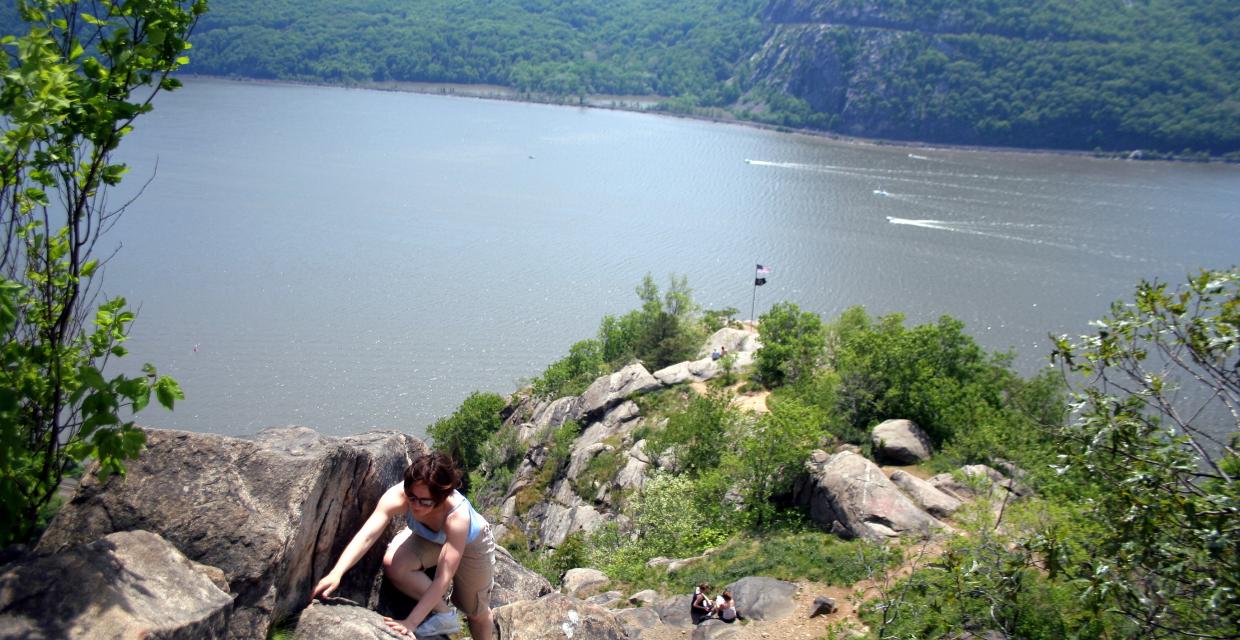
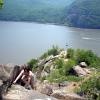
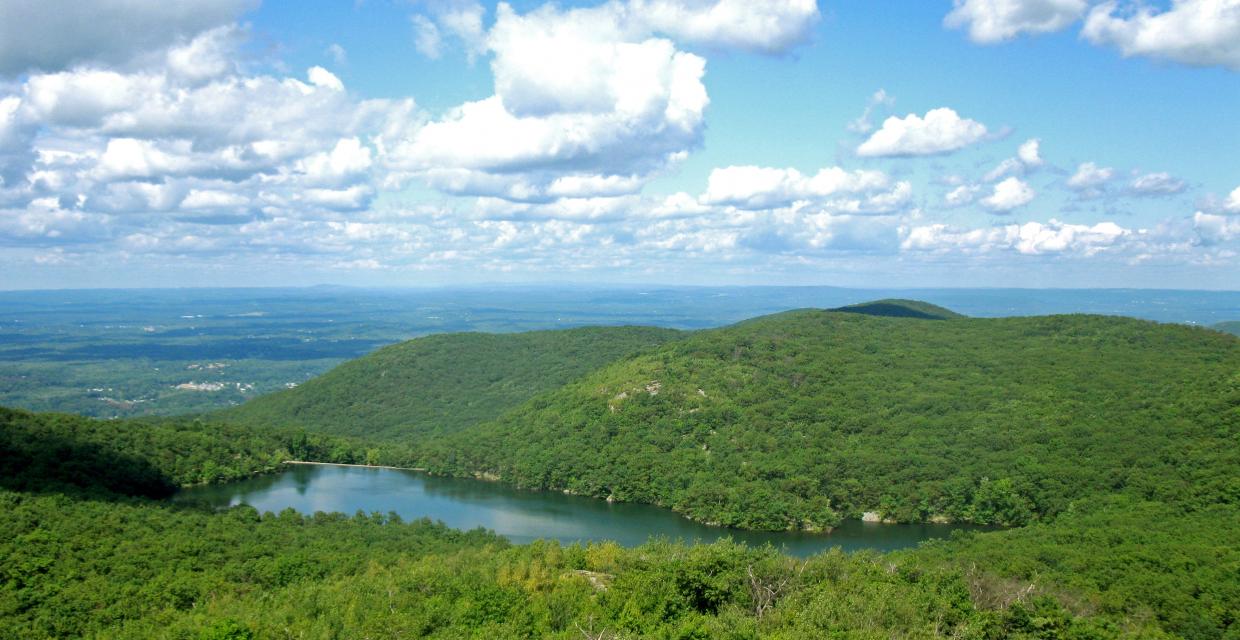
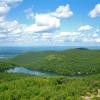
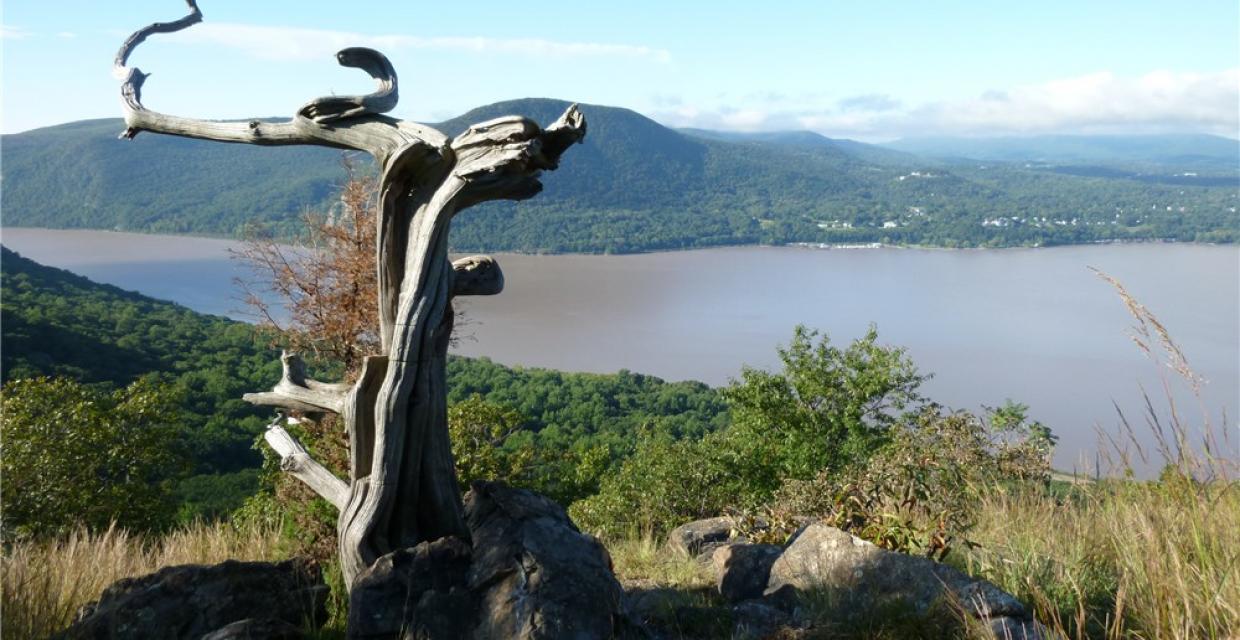
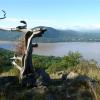
Park Overview:
This park encompasses the region’s most spectacular and popular trails. A wide variety of trail length and difficulty makes possible hikes from the very gentle to the extremely strenuous.
Park Description:
This park encompasses much of the eastern side of the Hudson River gorge. Totaling 7,400 acres, it has many sections, all administered by the New York Office of Parks, Recreation and Historic Preservation. Many of these sections have dramatic scenery or history -- often both. The area was strategically important during the Revolutionary War, resulting in fortifications on both sides of the river, and provided the backdrop for several key events from that era. Trails in this park often include steep climbs and panoramic views of the Hudson River.
Friends of Fahnestock and Hudson Highlands State Parks, a nonprofit organization founded in 2007, maintains a web site with additional descriptions of the parks, their histories and events.
Trails Overview:
Trails north of NY Route 301 tend to be more strenuous, scenic, and popular than the trails to the south. South of 301, the trails offer gentler terrain, while still offering vistas of the Hudson.
Trails north of NY 301 are [see Trail Conference, "East Hudson Trails," Trail Map 102]:
- The Breakneck Ridge Trail [white blazed; 4.6 miles] is the most rugged, scenic, and popular trail in the park. It starts with a very steep climb to a panoramic viewpoint on the Hudson, then follows an open ridge ending at South Beacon Mountain, the highest point in the park. The initial ascent on this trail is dangerous in wet, icy or windy weather.
- The Breakneck Bypass Trail [red on white blaze; 0.8 mile] provides access to the Breakneck Ridge Trail while bypassing the most difficult climbs.
- The Brook Trail [red; 0.9 mile] parallels Breakneck Brook and follows several old disused roads, making it one of the more moderate trails in the area.
- The Cornish Trail [blue; 1.0 mile] follows a disused road through an old estate. Ruins of the mansion are visible. Click to see historic photos of the Edward G. Cornish estate.
- The Crossover Trail [blue; 0.3 mile] connects the Fishkill Ridge Trail with the Wilkinson Memorial Trail.
- The Fishkill Ridge Trail [white; 4.9 miles], in the northernmost section of the park, runs from the City of Beacon to the top of Fishkill Ridge, where it makes a loop with many views.
- The Lone Star Trail [blue; 1.0 mile] is a gradual uphill woods road that connects with the trails around Bull Hill.
- The Nelsonville Trail [green; 2.6 miles] starts in the hamlet of Nelsonville and gradually ascends almost to the top of Bull Hill.
- The Notch Trail [blue; 5.8 miles], except for a short section, follows woods roads. ATVs may be encountered, as parts of this trail are outside the park.
- The Overlook Trail [red; 1.7 miles] is the most northern trail in the park. It initially climbs, but then follows the ridge to several viewpoints.
- The Split Rock Trail [red; 0.3 mile] is a connector between the Lone Star Trail and the Nelsonville Trail, making a short loop hike possible.
- The Undercliff Trail [yellow; 4 miles], as its name suggests, runs in part along the base of cliffs. In another section it follows the shoulder of Bull Hill, and features some steep climbs and open viewpoints.
- The Washburn Trail [white; 2.3 miles] is a very strenuous hike ascending 1400 feet from the river to the summit of Bull Hill.
- The Wilkinson Memorial Trail [yellow; 9.5 miles] is the longest trail in the park. It follows three ridges after a steady, fairly steep ascent from the river. There are numerous viewpoints along the route before it descends to the trail's end.
Separate from the main body of the park are Dennings Point and Little Stony Point [TC Trail Map 102]:
- Dennings Point is located along the Hudson River in Beacon. The trail here is a woods road loop 1.2 miles long and is open for hiking and x-country skiing. Dennings Point is closed seasonally to protect the habitat of the bald eagle.
- Little Stony Point is on the Hudson 0.6 mile north of Cold Spring on Route 9D. Its one mile of trails includes a loop and access trail. Terrain is flat, and there is a small beach at the north end.
Trails south of NY 301 are [TC Trail Map 101]:
- The Appalachian Trail [white blazed; 5.1 miles] which runs through the southern part of the park, starting as the trail crosses the Hudson on the Bear Mountain Bridge and exiting the park near the junction of NY 403 and US 9.
- The Carriage Connector [yellow; 0.9 miles] follows carriage roads to bypass a strenuous section of the Appalachian Trail.
- The Curry Pond Trail [yellow; 0.6 miles] is a connector between the Osborn Loop and the Appalachian Trail, increasing loop length options.
- The North Redoubt Trail [red; 0.3 miles] is a fairly steep short climb to a lookout and the ruins of Continental Army fortifications.
- The Osborn Loop [blue; 3.4 miles] combines with the Appalachian to make a ring trail through the middle of the southern section.
- The Sugarloaf Trail [red; 1.6 miles] is a moderately strenuous ascent of Sugarloaf Hill, which is about half the height of the north section peaks, but provides one of the highest viewpoints in the southern section at over 700 feet.
Arden Point is separate from the main park. It is on the Hudson in Garrison. On level terrain, it has 2 trails blazed with red and blue that create a 1.7 mile loop with extensions to both ends of the park. These trails are easily accessible from the Garrison Metro North station.
Click to find detailed descriptions of specific hikes.
Park Acreage:
6000.00 acresMunicipality:
Beacon, Nelsonville, Cold Spring, GarrisonThis park encompasses the region’s most spectacular and popular trails. A wide variety of trail length and difficulty makes possible hikes from the very gentle to the extremely strenuous.
This park encompasses much of the eastern side of the Hudson River gorge. Totaling 7,400 acres, it has many sections, all administered by the New York Office of Parks, Recreation and Historic Preservation. Many of these sections have dramatic scenery or history -- often both. The area was strategically important during the Revolutionary War, resulting in fortifications on both sides of the...
Park Acreage:
6000.00 acresMunicipality:
Beacon, Nelsonville, Cold Spring, GarrisonContact Information
Web Link:
New York State Office of Parks, Recreation and Historical PreservationPhone:
(845) 225-7207Fees:
NoneDogs in park:
Dogs on leashHike Checklist:
Whether you are going for a day hike or backpacking overnight, it is good practice to carry what we call The Hiking Essentials. These essentials will help you enjoy your outing more and will provide basic safety gear if needed. There may also be more essentials, depending on the season and your needs.
The Essentials
Hiking Shoes or Boots
Water - Two quarts per person is recommended in every season. Keep in mind that fluid loss is heightened in winter as well as summer. Don't put yourself in the position of having to end your hike early because you have run out of water.
Map - Know where you are and where you are going. Many of our hiking areas feature interconnecting network of trails. Use a waterproof/tear-resistant Tyvek Trail Conference map if available or enclose your map in a Ziplock plastic bag. If you have a mobile device, download Avenza’s free PDF Maps app and grab some GPS-enhanced Trail Conference maps (a backup Tyvek or paper version of the map is good to have just in case your batteries die or you don't have service). Check out some map-reading basics here.
Food - Snacks/lunch will keep you going as you burn energy walking or climbing. Nuts, seeds, and chocolate are favorites on the trail.
Sunscreen and insect repellent
Rain Gear and Extra Clothing - Rain happens. So does cold. Be prepared for changing weather. Avoid cotton--it traps water against your skin and is slow to dry. If you are wearing wet cotton and must return to your starting point, you risk getting chills that may lead to a dangerous hypothermia. Choose synthetic shirts, sweaters and/or vests and dress in layers for easy on and off.
Compass - A simple compass is all you need to orient you and your map to magnetic north.
Light - A flashlight or small, lightweight headlamp will be welcome gear if you find yourself still on the trail when darkness falls. Check the batteries before you start out and have extras in your pack.
First Aid Kit - Keep it simple, compact, and weatherproof. Know how to use the basic components.
Firestarter and Matches - In an emergency, you may need to keep yourself or someone else warm until help arrives. A firestarter (this could be as simple as leftover birthday candles that are kept inside a waterproof container) and matches (again, make sure to keep them in a waterproof container) could save a life.
Knife or Multi-tool - You may need to cut a piece of moleskin to put over a blister, repair a piece of broken equipment, or solve some other unexpected problem.
Emergency Numbers - Know the emergency numbers for the area you're going to and realize that in many locations--especially mountainous ones, your phone will not get reception.
Common Sense - Pay attention to your environment, your energy, and the condition of your companions. Has the weather turned rainy? Is daylight fading? Did you drink all your water? Did your companion fail to bring rain gear? Are you getting tired? Keep in mind that until you turn around you are (typically) only half-way to completing your hike--you must still get back to where you started from! (Exceptions are loop hikes.)
Check the weather forecast before you head out. Know the rules and regulations of the area.
The Leave No Trace Seven Principles
Plan Ahead and Prepare
- Know the regulations and special concerns for the area you'll visit.
- Prepare for extreme weather, hazards, and emergencies.
- Schedule your trip to avoid times of high use.
- Visit in small groups when possible. Consider splitting larger groups into smaller groups.
- Repackage food to minimize waste.
- Use a map and compass to eliminate the use of marking paint, rock cairns or flagging.
Travel and Camp on Durable Surfaces
- Durable surfaces include established trails and campsites, rock, gravel, dry grasses or snow.
- Protect riparian areas by camping at least 200 feet from lakes and streams.
- Good campsites are found, not made. Altering a site is not necessary.
- In popular areas:
- Concentrate use on existing trails and campsites.
- Walk single file in the middle of the trail, even when wet or muddy.
- Keep campsites small. Focus activity in areas where vegetation is absent.
- In pristine areas:
- Disperse use to prevent the creation of campsites and trails.
- Avoid places where impacts are just beginning.
- Pack it in, pack it out. Inspect your campsite and rest areas for trash or spilled foods. Pack out all trash, leftover food and litter.
- Deposit solid human waste in catholes dug 6 to 8 inches deep, at least 200 feet from water, camp and trails. Cover and disguise the cathole when finished.
- Pack out toilet paper and hygiene products.
- To wash yourself or your dishes, carry water 200 feet away from streams or lakes and use small amounts of biodegradable soap. Scatter strained dishwater.
- Preserve the past: examine, but do not touch cultural or historic structures and artifacts.
- Leave rocks, plants and other natural objects as you find them.
- Avoid introducing or transporting non-native species.
- Do not build structures, furniture, or dig trenches.
- Campfires can cause lasting impacts to the backcountry. Use a lightweight stove for cooking and enjoy a candle lantern for light.
- Where fires are permitted, use established fire rings, fire pans, or mound fires.
- Keep fires small. Only use sticks from the ground that can be broken by hand.
- Burn all wood and coals to ash, put out campfires completely, then scatter cool ashes.
- Observe wildlife from a distance. Do not follow or approach them.
- Never feed animals. Feeding wildlife damages their health, alters natural behaviors, and exposes them to predators and other dangers.
- Protect wildlife and your food by storing rations and trash securely.
- Control pets at all times, or leave them at home.
- Avoid wildlife during sensitive times: mating, nesting, raising young, or winter.
Be Considerate of Other Visitors
- Respect other visitors and protect the quality of their experience.
- Be courteous. Yield to other users on the trail.
- Step to the downhill side of the trail when encountering pack stock.
- Take breaks and camp away from trails and other visitors.
- Let nature's sounds prevail. Avoid loud voices and noises.
The Trail Conference is a 2015 Leave No Trace partner.
(c) Leave No Trace Center for Outdoor Ethics: www.LNT.org.


